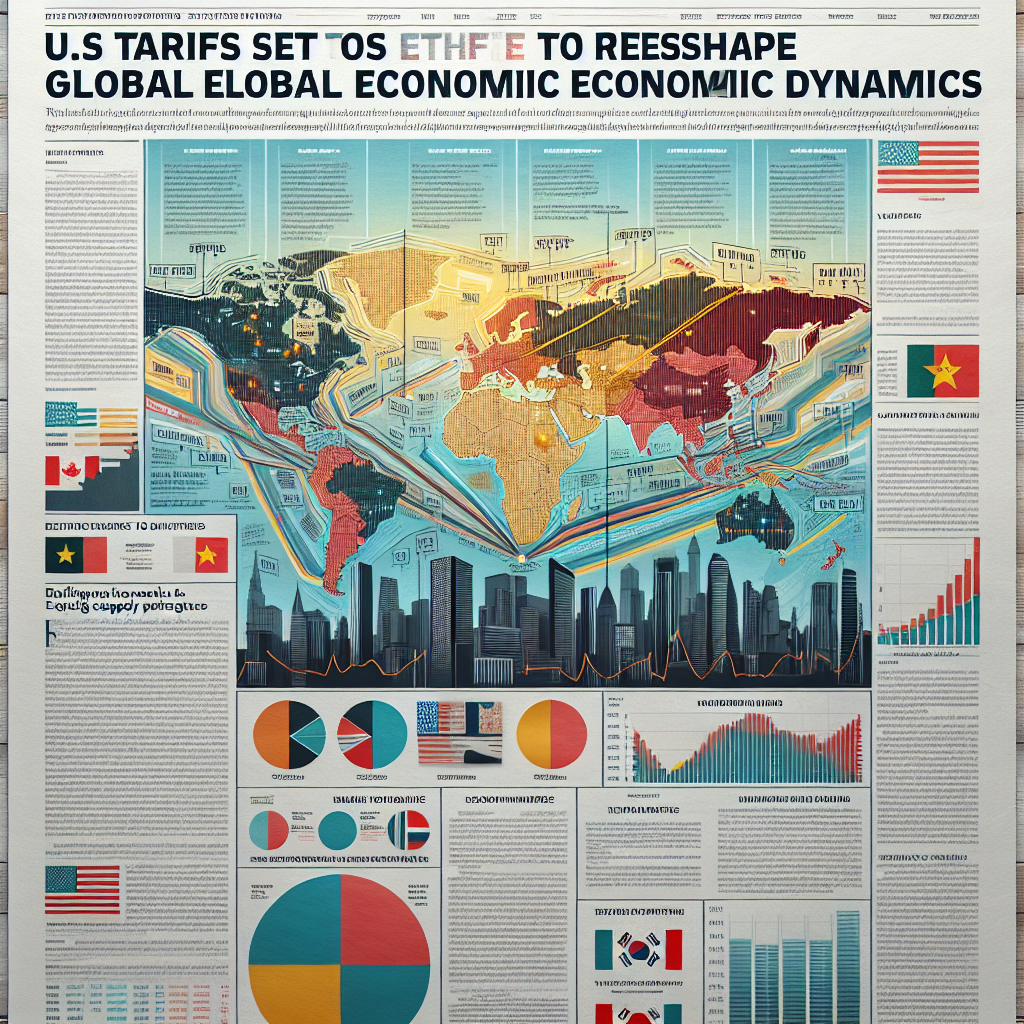Here’s the 300-word article, ready to copy and paste:
US Tariffs Set to Reshape Global Economic Dynamics
The global economic landscape is poised for significant transformation as new US tariffs on China prepare to take effect in 2025, promising to reshape international trade relationships and economic strategies.
Shifting Trade Patterns
The impending tariffs represent a strategic move to diversify global supply chains, with countries like Mexico, Canada, South Korea, and Vietnam emerging as potential beneficiaries. This “friendshoring” approach aims to reduce dependence on Chinese exports, creating new opportunities for alternative trading partners. The shift is already visible, with these countries increasing their exports to the United States and filling the gap left by Chinese manufacturers.
Economic Implications and Challenges
The tariffs are expected to pose substantial challenges for China’s economic growth, which is already experiencing challenges from a slowing property market and reduced business confidence. While Chinese policymakers are working to mitigate potential risks, the economic impact could be significant. The US Congressional Budget Office estimates that the tariffs might generate $2.7 trillion in additional revenue from fiscal years 2025 to 2034, though this comes at the potential cost of overall economic growth.
The broader implications extend beyond pure economic considerations. Geopolitically, these tariffs could influence China’s Belt and Road Initiative and trigger potential countermeasures from Beijing. Global markets are closely monitoring the situation, recognizing that such policy changes could create considerable market volatility.
For businesses and investors in the UAE and globally, these developments represent a critical moment of economic recalibration. The ongoing trade tensions between the US and China continue to demonstrate the complex interconnectedness of global economic systems, highlighting the need for adaptive strategies and diversified international approaches.
The coming months will be crucial in understanding the full scope and impact of these transformative trade policies.











